Meet Brooke Lilia Nasser | Writer, Photographer
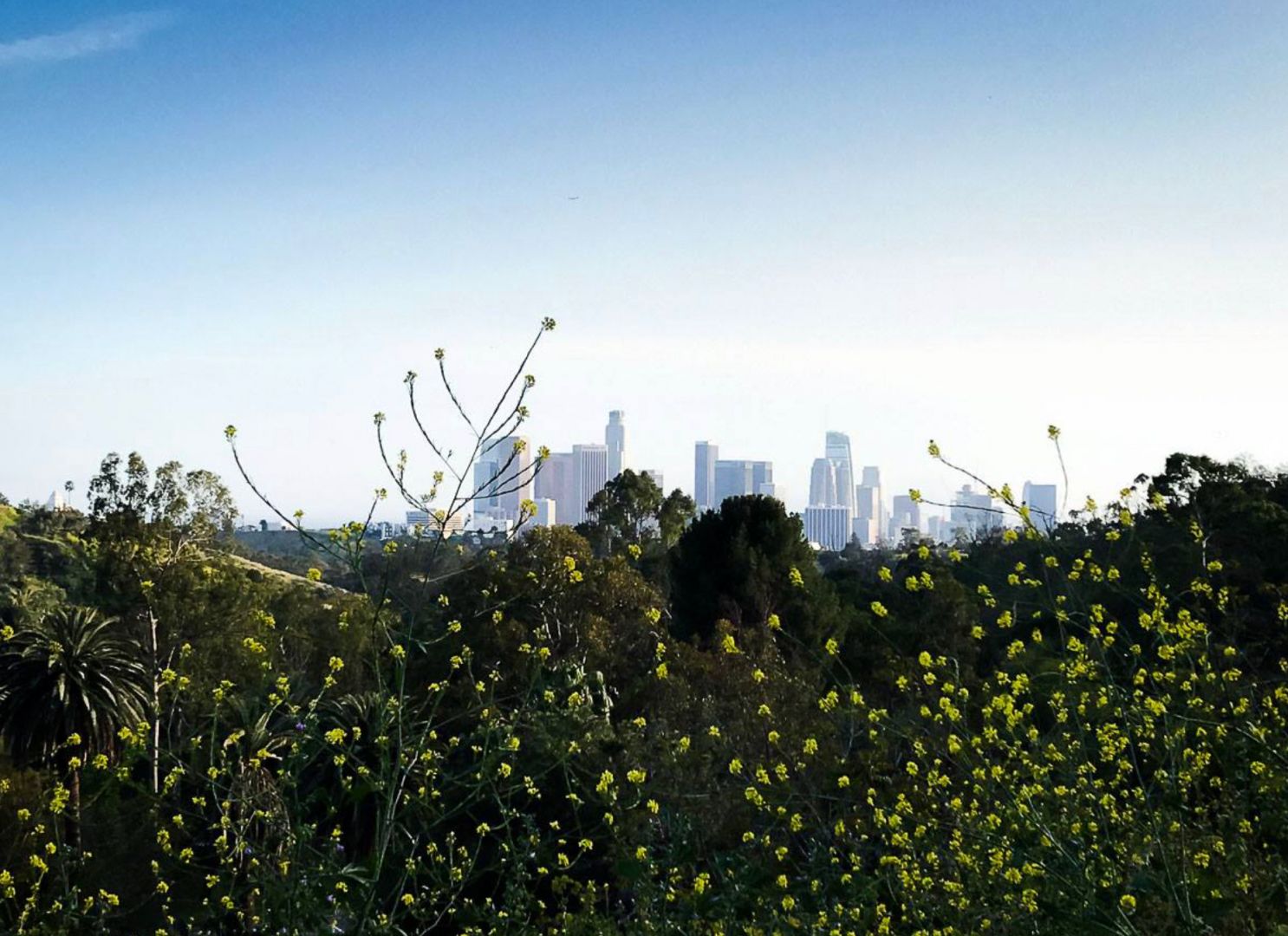
We had the good fortune of connecting with Brooke Lilia Nasser and we’ve shared our conversation below.
Hi Brooke Lilia, do you have any habits that you feel contribute to your effectiveness?
Many people think that life is happy if you do what you love. As a teacher of high school students, I see this every day in my classroom. Young people have the expectation that if they live their passion, the work will be easy. Of course, everyone who lives their passion knows this is lunacy. As a writer and creator, making the work of creation a habit has been the key to my success. I think many creatives talk about this — and it has certainly been true for me. At a certain point, the first blush wears off, the butterfly stage of creating as a career ends, and you realize that your passion is like any other career; to be genuinely and deeply good at it, you need to accept the fact that it is work and work at it. You get up every morning at a set time. If you’re tired, it doesn’t matter, make some coffee. You eat your breakfast while watching the news, not too slowly. You brush your teeth and get dressed for the day. You put on earrings. And then you sit down at your computer and you write. Making your passion a habit might take the “fun” out of it, but finding meaning in your life isn’t about happiness. Once I created a practice out of writing — a set time every day, regardless of whether I was inspired — inspiration showed up for work at the designated time.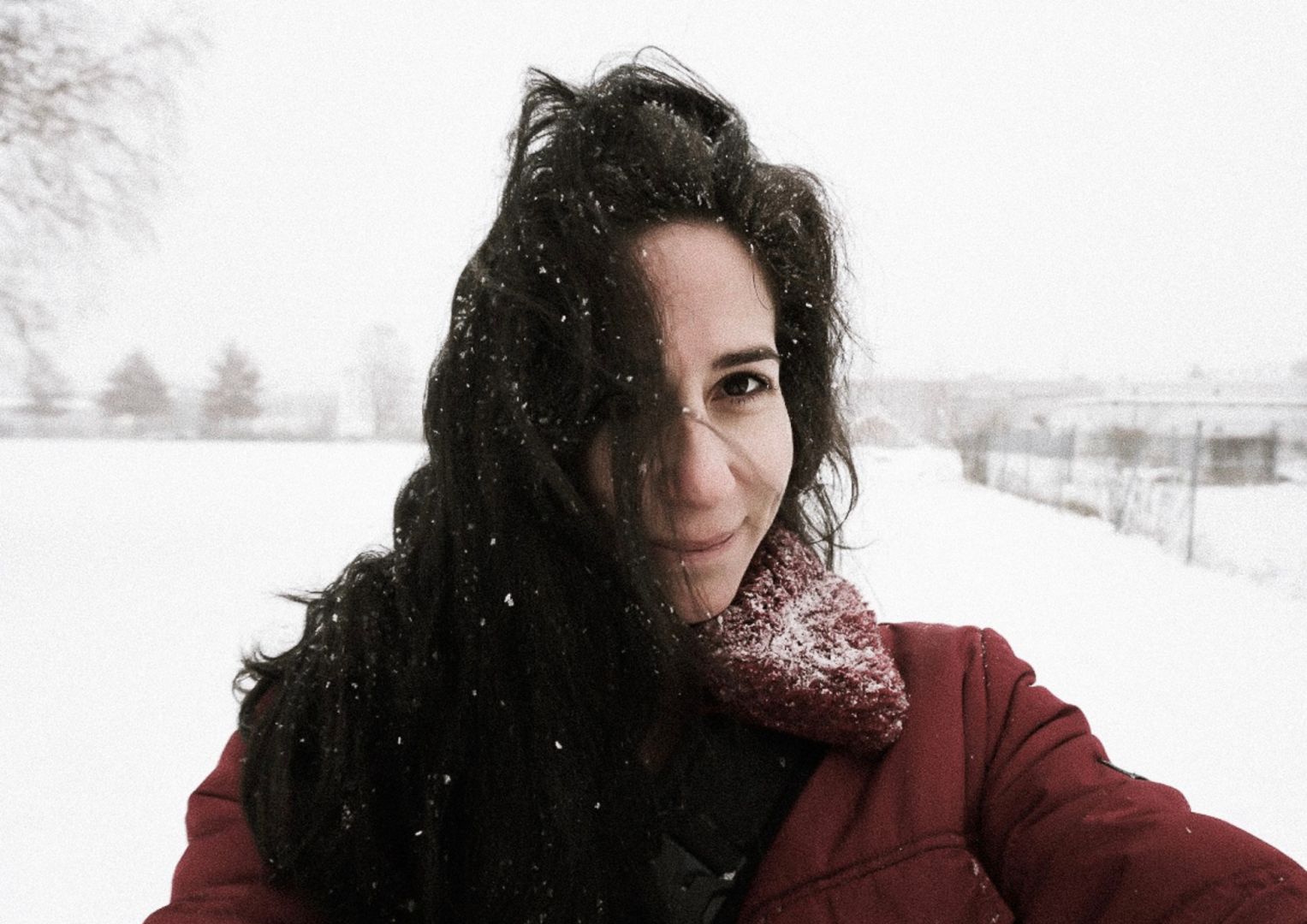
Let’s talk shop? Tell us more about your career, what can you share with our community?
I have always known that I wanted to write professionally, since I was nine years old and would wake in the middle of the night to feverishly jot down scraps of thought in the journal beneath my bed. I went to Dartmouth College with the expectation that I would major in Biology and eventually go to med school, but two weeks into Screenwriting 1, an elective I took on a whim, my entire career trajectory changed. I won the Alexander Liang Screenwriting Award and the Grimes Prize in Poetry while at Darmtouh, and felt, I’m on my way! But despite some correspondence with producers and editors, not much of anything happened. Eventually, I decided to go to film school, hoping it would open more doors for me, and I got into the University of Southern California’s Directing/Producing program.
Before that first class, I had never picked up a camera, and my learning curve was steep! My professors did not hold back. I think one of the comments on my first short film was, “This is one of the worst student projects we’ve ever seen.” USC helped toughen the rind. I went to USC as a writer, hoping to learn how to direct, but surprisingly, I discovered a passion for image-making. One of the biggest lessons I learned from USC was not to believe everything I was told. My cinematography professor said to me that the camera department is male-dominated (true), so as a woman, if I wanted to work in that field, I would have to be ten times better than every male around me (possibly true). He also told me I wasn’t very good (true at the time). I let that comment live in me and decided not to work on getting better at it.
After film school, I worked on scripts and earned money doing low-level production jobs on films and TV shows. I traveled to Hong Kong with a producer for a film I wrote titled “A Future Perfect,” hoping to cast the transcendent Tony Leung as my lead. There were dozens of meetings at expensive LA restaurants that didn’t go beyond the entree. There were so many empty promises. During that time, I found a Canon AE 1 at a yard sale and started shooting 35mm. My friend Roger Webb, an artist and animator, gave me his Yashica, and I added 120mm film to my repertoire. Amidst all the roads to nowhere, I fell in love with photography, and the work of shooting and developing re-ignited my passion for art and creating.
I’ve been doing this a very long time and have only recently started seeing success — since I was a sophomore at Dartmouth College in 1997 when I sent my first short story to The New Yorker. I got several personal notes for edits, but never saw a story published while I was in college.
I also sent stories and poems to every other well-known literary magazine, and my poetry has only been published twice. Lots of rejections though. So many I stopped saving them. It was different when I first started because you had to buy the hefty Writer’s Market every year and send printed stories and cover letters through the mail and you’d wait months. The rejections felt more substantial because you’d get them in your own SASE (self-addressed stamped envelope). Now, it’s so much easier to research any mag or e-mag online and submit online. It all feels very frivolous to me. Like throwing paper airplanes into a snowstorm.
I’ve been rejected by dozens and dozens of magazines and publications and producers and directors. I don’t take it personally — BUT I do use it as an opportunity to edit and make my work better. Sometimes, they are standard rejections, but when I got a personalized rejection, I learned to take the editor’s words seriously and improve my work. Editing is the single most important skill of any writer. And it’s a practicable, developable skill. When a writer brags about first drafts or when someone brings up a writer who doesn’t edit, all I think is: imagine how much better their work would be if they did edit.
My philosophy is: You can ALWAYS make your work better. It takes discipline and diligence. I have created a habit of analyzing my work, which has positively impacted how I live my life as well. It is always a good idea to understand why we do things we do and think the way we think.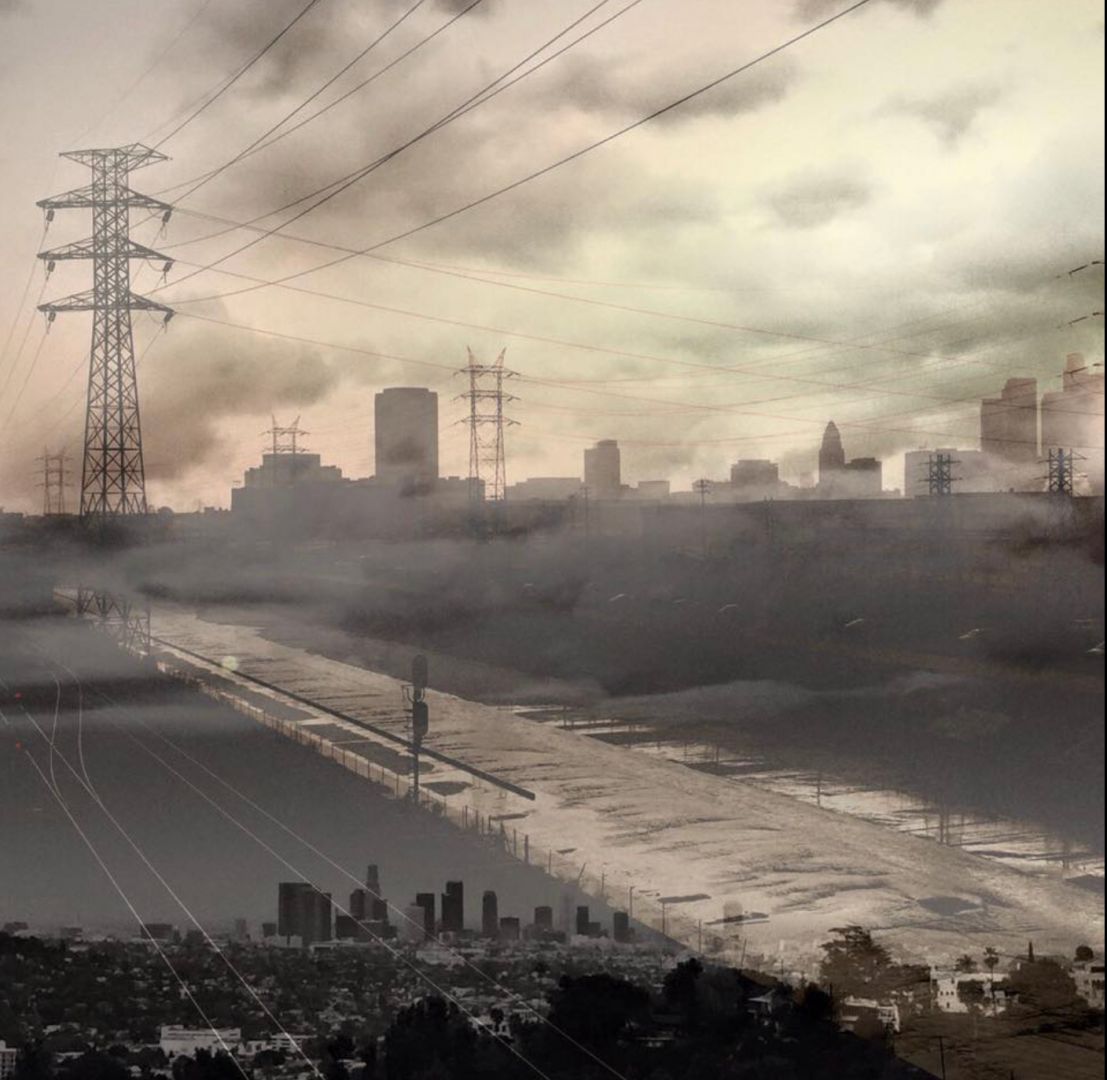
If you had a friend visiting you, what are some of the local spots you’d want to take them around to?
I have always been fascinated by the way Los Angeles balances nature and industry, and my favorite places in the city explore that balance. My favorite morning routine is to take the wide trail from the Observatory to the picnic bench on Mount Hollywood, and cast out on the city below as the sun emerges from the haze at the horizon. After heavy rains, the rolling hills of Griffith Park look like Ireland (I’ve never actually been to Ireland but it’s what I imagine Ireland to look like), but even the arid landscape during dry seasons it extraordinary.
Another favorite place is at the top of Rose Hill in El Sereno. El Sereno is one of LA’s oldest communities, a place where rural butts up against contemporary, developed Los Angeles. The Tongva, the predominant Native American tribe in the greater Los Angeles area, used to have a thriving village here. The trail that connected this village to others along the LA River became what is now called Mission Road. In 1771, ten years before the City of LA was founded, the first European settlers built an El Sereno mission.
El Sereno still retains its pastoral flavor despite rapid development and gentrification, including the construction of the railway in 1902 that cuts right through the center of town. Before 1948, there were laws restricting Mexican-Americans from purchasing land in the community, but once the ban was lifted, many relocated from surrounding areas, and much of the area’s population is now Hispanic.
Today, you will hear a cacophony of dogs and chickens as you walk through the twisting neighborhoods. The houses in the hills are old and enormous, built on large, half-acre plots, but many are in some disrepair. On Rose Hill, you can stand on an undeveloped dirt road and take in one of the rarest, completely unobstructed views of DTLA. I hiked up here once with my dogs to take photos of downtown with my Yashica and we were stalked in the brush by a mountain lion. Thankfully, a truck came by and we hopped in the back before I had a heart attack from fear and died.
My third favorite place to explore in LA is the LA River, I’ve taken so many photos of the city along this concrete pathway — where nature and industry compete and coexist in strange and beautiful ways. Ode to the gorgeous geometry of Los Angeles!!!
The Shoutout series is all about recognizing that our success and where we are in life is at least somewhat thanks to the efforts, support, mentorship, love and encouragement of others. So is there someone that you want to dedicate your shoutout to?
I have been helped along the way by some incredible mentors, starting with Bill Phillips and Cleopatra Mathis, my professors at Dartmouth College. They both believed in me, believed that I had a talent for writing, and encouraged me to pursue it (specifically, poetry and screenwriting) as a career. I also owe much of my current work success to Kathryn Bigelow, whom I met while she was filming a Chanel commercial in Hawai’i. I worked for her on “Zero Dark Thirty”, and she introduced me to the filmmaker I most often collaborate with, Michael Oblowitz. I have known Oblowitz since 2012 when I wrote the fictionalized script of his surf documentary, and we have been working together ever since, up to the recent release of “Confidential Informant”.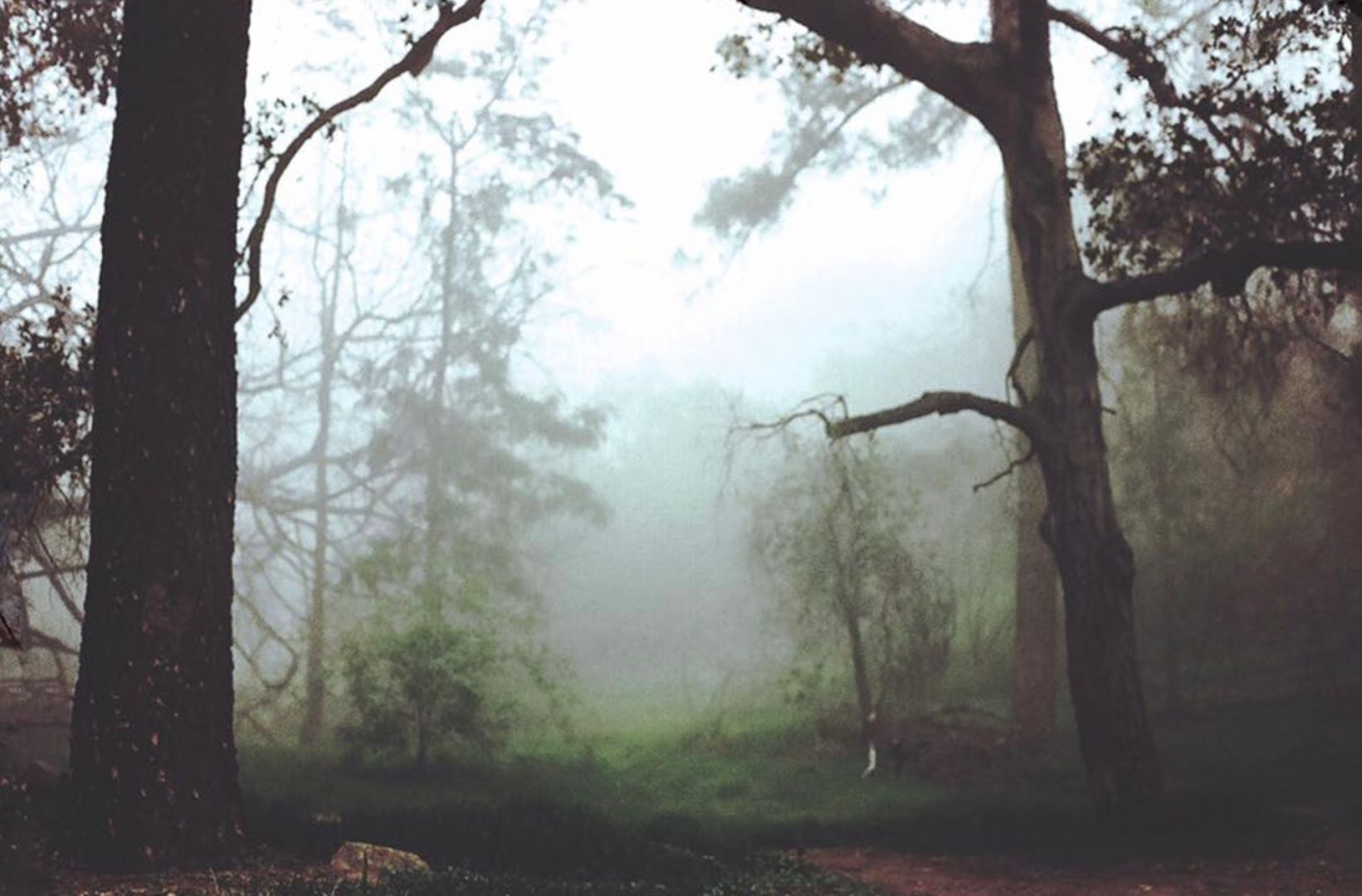
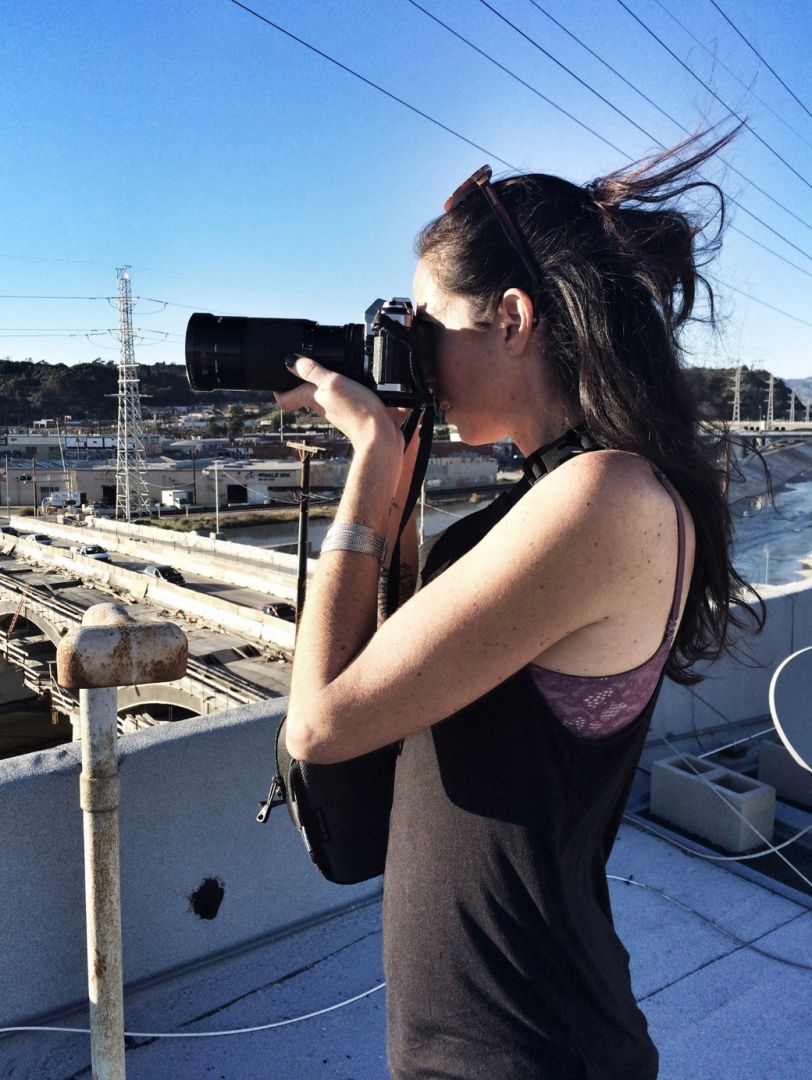
Instagram: https://www.instagram.com/bnibblet/
Linkedin: https://www.linkedin.com/in/brooke-nasser/
Image Credits
1 – 3 Brooke Nasser 4 & 5 Roger Webb
